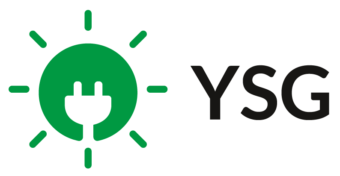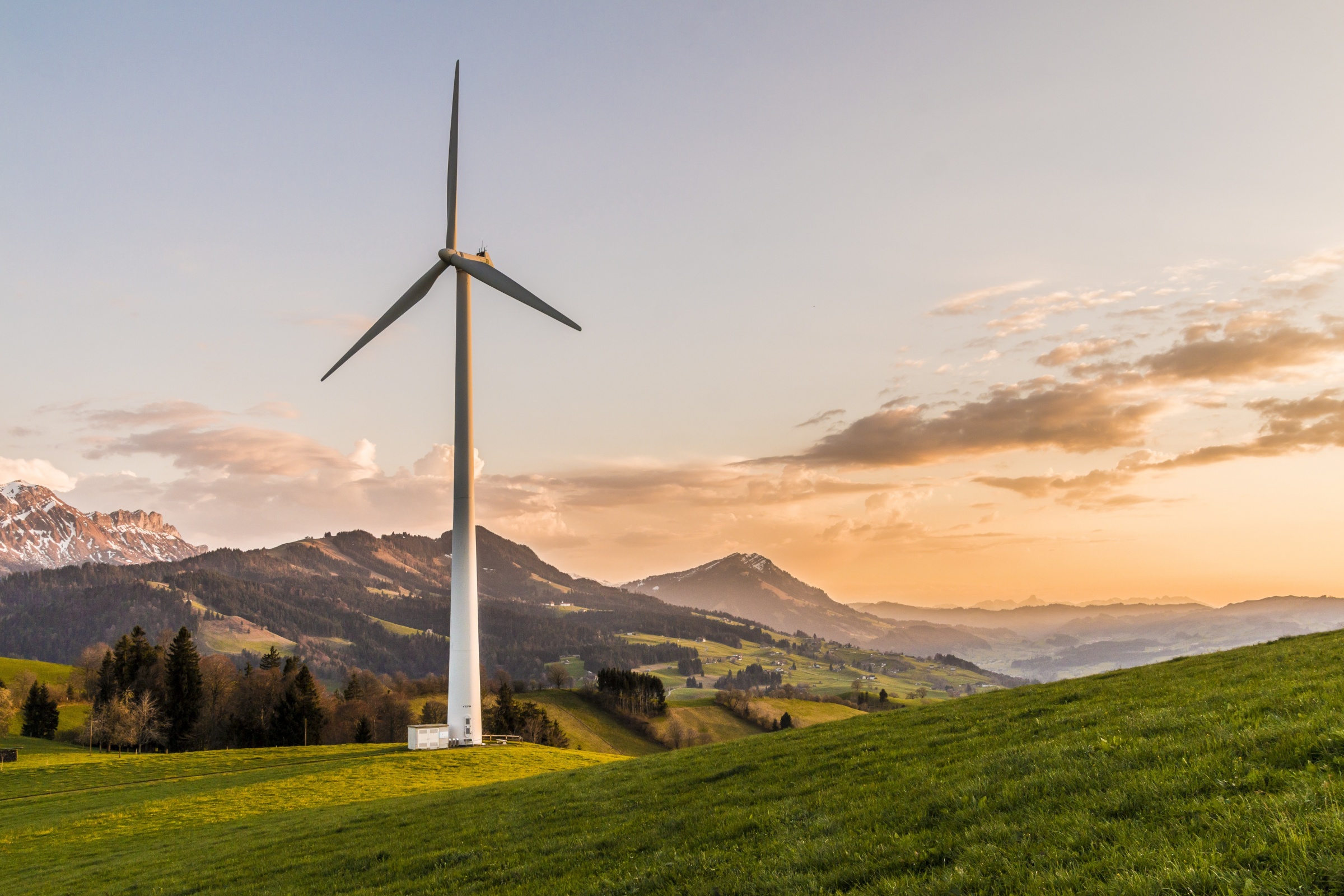When people think of clean energy, most picture solar panels. Solar energy is the energy most people see on homes and businesses, but there are different types of clean energy similar to solar energy that many people don’t know much about. The overall category is clean/renewable energy which can be obtained through various channels. In this article, we will go through the five main types of renewable energy and how they operate to obtain clean energy.
Solar Energy
Solar Energy is an underutilized energy source. The sunlight the earth receives in a single hour is more than we use in an entire year. We have so much of it at our disposable and yet we barely use it.
Solar energy is the third most widely used renewable energy source and is mostly used in urban settings on homes and businesses. It gives every individual the ability to contribute and take part in clean energy.
The system is comprised of solar panels and an inverter. The energy emitted from the sun is absorbed by the solar panels and sent to the inverter which converts it to a safer current of electricity. This electricity can then be used to power homes, heat water, or charge battery systems. This clean electricity is replacing the electricity coming from the burning of fossil fuels which pollutes the air and endangers lives. Through going solar, you are saving money by using less of the fossil fuel-based electricity from utility companies and helping the environment.
There are different ways to go solar for those who are ineligible to install a solar system on their roof. Learn about Community Solar!
Wind Power
Wind is a very strong element. Cyclones, typhoons, and hurricanes are all examples of the damage that wind can cause. But wind can be used to our advantage.
The textbook definition of wind power is “The power obtained by harnessing the energy of the wind through the use of wind turbines.” Similar to those lawn flowers that spin each time the wind blows it, the rotor on a wind turbine spins when it’s windy. The gearbox located at the center of the rotor converts the force of the spinning rotor into energy.
This energy is utilized in a number of different ways. It can be sent to an electrical generator to power homes, businesses, or clean energy power plants, or it can be used in mechanical processes.
The most common example is with farmers. Many farmers depend on wind turbines to power the machines that upkeep their farms like grinding grains or pumping water, but there are many other appliances that are powered by turbines.
Wind power is the most efficient form of renewable energy as it can utilize 90% of the available wind energy. Other forms of clean energy only convert a sliver of what is available into energy. This is a great advantage for wind power users. But on the other hand, wind power is also at a great disadvantage because it is the least predictable. Wind power relies heavily on the weather forecast which is not always accurate, and when there is no wind, the turbines don’t produce any energy. This con puts wind power as the second most widely-used renewable energy source on the market.
Hydroelectricity
Hydroelectricity, the production of electrical power through the use of force of falling or flowing water, is the most widely-used clean energy source in the world. It is most commonly generated by dams and the force of the water when released from the reservoir.
Hydropower is very similar to wind power, as they both use turbines to generate power, but the hydropower turbines are placed in the water. The force of falling water or tidal waves turn the turbines and the gearbox at the center converts the kinetic energy into electricity, just like we discussed with the wind turbines.
What’s ideal about hydropower is it can run consistently with little maintenance, and the turbines can be adjusted to control the electricity output depending on the need.
Biomass Energy
Biopower is the opposite of fossil fuels. Instead of burning fossil fuels, it is burning organic matter. Organic matter goes through the process of photosynthesis as part of their life system, in which they absorb and store carbon dioxide. When the matter is burned, biomass is produced, and the biomass can be converted to heat and electricity.
This type of renewable energy can kill two birds with one stone. The type of matter that is being burned are things that need to be disposed of like compost, sewage, and wood scraps or are very easily regrown like wood and plants. Biopower is the fourth most commonly used power source, and it can be applied to produce heat or electricity.
Geothermal Energy
The earth is a hotspot. It contains heat from the formation of the earth and from the constant radioactive decay at the crust of the earth. In most places, the temperature below the surface is always an average of 54 degrees, but in some locations, the heat is concentrated to form a volcano where the temperature is much higher.
Geothermal energy is thermal energy which is generated and stored in the earth. This is the fifth most widely-used clean energy source in the world. The heat obtained from underground can be used to power a generator and provide electricity, or it can be used as a heating system in the winter or a cooling system in the summer.
The system consists of a heat pump which can be put in the shallow underground or miles below.
In the winter, water is circulated through this underground pipe which heats the water. This water then goes to a unit which extracts the heat from the water and sends it to circulate in the heating system of your home.
In the summer, the system does the opposite. The hot air in your home is absorbed in the water in the heat pump, which is then circulated underground which has cooler temperatures. Once the water is cooled down, it is sent back to the unit were the now-cold air is circulated through the house.
In addition to the heating and cooling system, the geothermal system is also used to heat water all throughout the year. With this all-purpose system, fossil fuel burning isn’t necessary and you can get the heat from your backyard; literally.
The world is working to transition to clean energy, but it’s not just solar energy involved. Above are the five main types of clean renewable energy defined and explained, and each has its own unique qualities and benefits, but they are ALL working to better the environment.
To get more involved and to learn more, contact YSG Solar today or call us at 516.855.7283 for your free, in-house consultation. We look forward to working with you!

